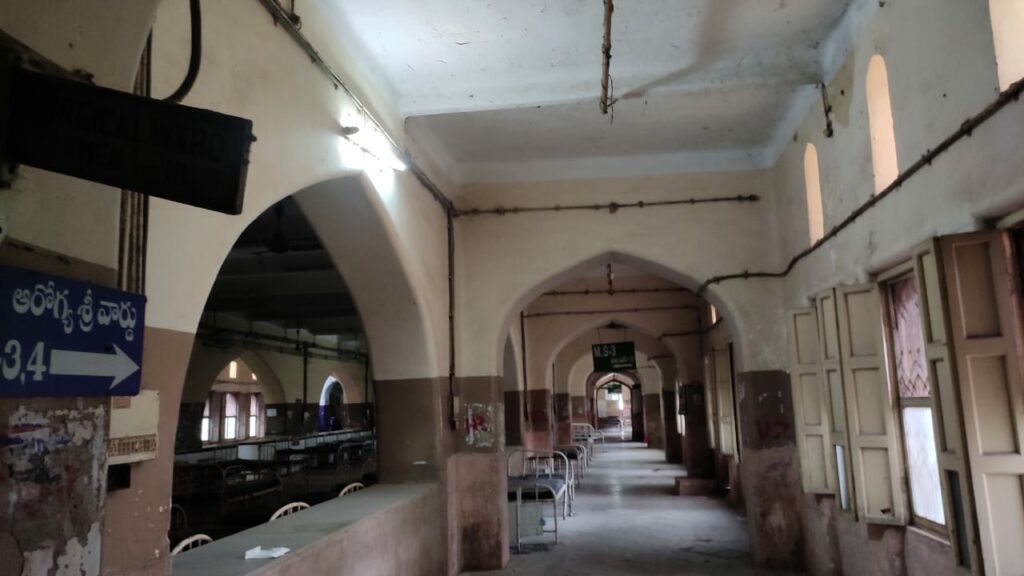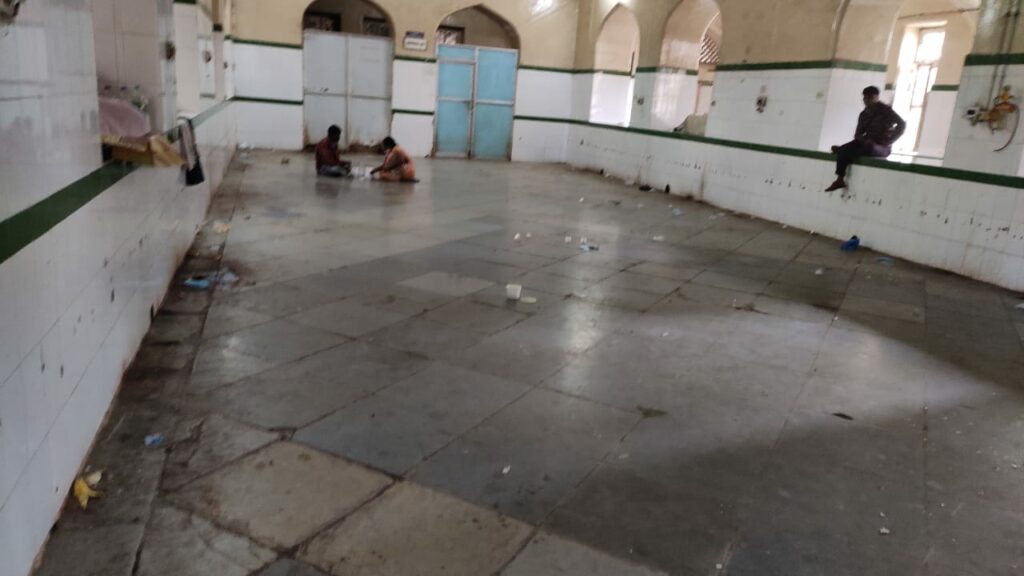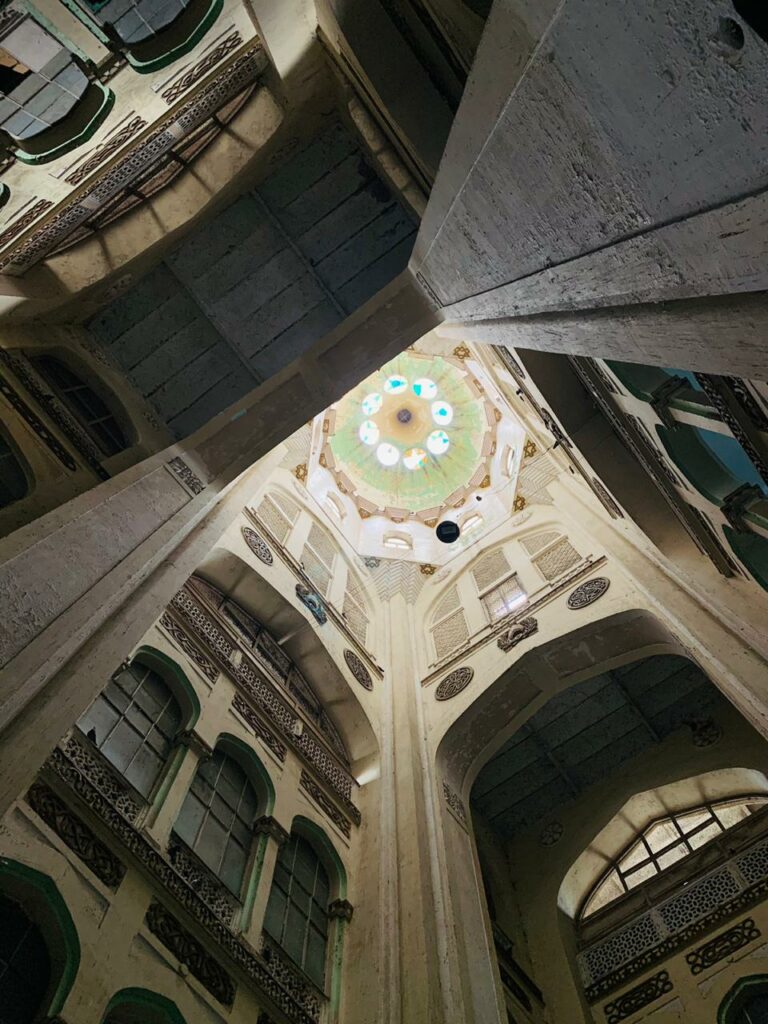Hyderabad: Incessant rains that hit Hyderabad on Tuesday proved to be a nightmare for thousands of citizens as several low lying areas in the city were inundated, even until Thursday. Ironically, this was not the same with the old heritage building of the Osmania General Hospital, which has been shut down since rainwater entered its ground floor wards a few months ago. The building is as dry as anything can be.

On one hand, the entire city was inundated with rainwater, while the Osmania General Hospital’s heritage or main building, which has been shut since July 22, is still being unutilised in spite of the hospital administration facing several infrastructure issues.

In fact, the torrential rains have flooded the new assigned Quli Qutb Shah block which now houses the patients, causing inconvenience and damaging the equipment. This has once again raised the demand to reopen the heritage block. Senior doctors and alumnus of the Osmania Hospital echoed the sentiment, as nothing like the July 22 the incident has happened ever since.

The alumnus argued that the recent rainfall during the entire monsoon proves that the old and historic Osmania block does not flood. Dr. Iqbal Javed, senior doctor and alumni member of Osmania Hospital said that the entire waiting hall has been converted into a general ward. With no proper facilities available for the patients coming not only from Telangana but from neighbouring States are returning without proper treatment.

The history of Osmania General Hospital
OGH was completed in 1925, after Hyderabad was affected by the bubonic plague around 1911. The city administration then took care of the issue, following which the then Nizam Osman Ali Khan (1911-48) set up the City Improvement Board (CIB) in 1912 to improve Hyderabad’s infrastructure. It was designed by architect Vincent Esch, who also designed the Victoria Memorial in Kolkata.
The OGH’s old building (along with others like High Court and City College) is a fine example of the Osmania style or Indo-Saracenic genre of architecture and is an integral part of Hyderabad’s 20th-century riverscape and skyline. The CIB during the reign of Osman Ali Khan had transformed the medieval city into a modern metropolis, complete with infrastructures like the High Court, railway stations, schools and OGH.

